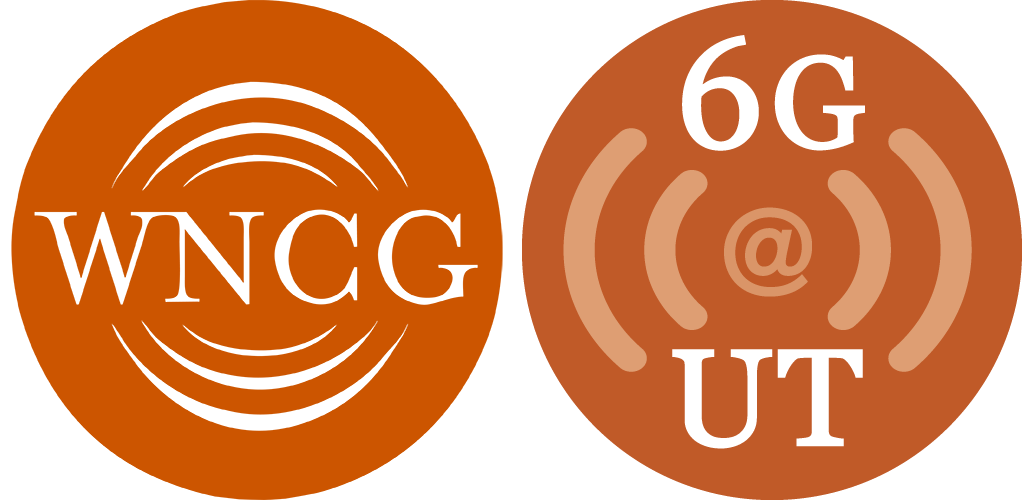Abstract: Many machine learning tasks can be posed as structured prediction, where the goal is to predict a labeling or structured object. For example, the input may be an image or a sentence, and the output is a labeling such as an assignment of each pixel in the image to foreground or background, or the parse tree for the sentence. Despite marginal and MAP inference for many of these models being NP-hard in the worst-case, approximate inference algorithms are remarkably successful and as a result structured prediction is widely used.
What makes these real-world instances different from worst-case instances? One key difference is that in all of these applications, there is an underlying "ground truth" which structured prediction is aiming to find. In this talk, I will introduce a new theoretical framework for analyzing structured prediction algorithms in terms of their ability to achieve small Hamming error. We study the computational and statistical trade-offs that arise in this setting, and illustrate a setting where polynomial-time algorithms can perform optimal prediction, despite the corresponding MAP inference task being NP-hard.
Based on joint work with Amir Globerson, Ofer Meshi, Tim Roughgarden, and Cafer Yildirim.
Watch the full presentation online on the WNCG YouTube Channel.

